- The circle of friends along the Belt and Road is expanding day by day

To get rich, build roads first. This is the simplest lesson the Chinese people have learned in the fight against poverty. Today, China has been proven along the Belt and Road Initiative. The Belt and Road Initiative is a global infrastructure development strategy, which has huge potential for countries between the vibrant East Asian economic circle and the developed European economies.
New Era Silk Road
Let's take a look at the Yiwu-Madrid railway line, which spans 13,052 kilometers from Yiwu to Madrid, the largest distribution center for small commodities in Europe (across Kazakhstan, Russia, and Belarus), Poland, Germany and France. Since the service was officially launched on November 18, 2014, the service has opened up 14 routes, and established three branches and five logistics distribution stations along the railway tracks, connecting 49 countries and regions in Eurasia. These "iron camels" seamlessly connect countries and cities along the Silk Road in the new era. In addition to promoting the flow of goods between East and West, they also rejuvenated the ancient Silk Road, which had been stagnant due to its long history.
Since its launch in May 2017, the Nairobi-Mombasa railway built and funded in China has transported 2.5 million passengers and nearly 3.9 million tons of cargo. Kenyan President Uhuru Kenyatta praised this magnificent project in his State of the Union address. He said that it has been listed as one of the 13 most magnificent rail trips in 2019.
In Uzbekistan, Chinese workers worked with locals to build a 19-kilometer tunnel in 900 days, which allowed residents living in remote areas of the country to travel through mountains and valleys in just 15 minutes. In Ethiopia, the electrified railway project built by China is also the country's first electrified railway connecting the country's capital Addis Ababa and Djibouti. It was put into commercial operation in 2016. It is built using Chinese design, equipment and operations to meet Chinese standards. This railway is said to shorten the travel between Addis Ababa and Djibouti from one week to ten hours.
The circle of friends along the Belt and Road is expanding
In 2014, more than 50 countries along the route responded to this, and more than 70 countries and international organizations expressed their cooperation intentions. In 2016, the initiative was incorporated into a resolution of the 71st session of the United Nations General Assembly. By 2017, China had signed 100 Belt and Road cooperation documents with 86 countries and regions, which jumped to 173 and 151 respectively in the following year.
The Belt and Road Cooperation Organization’s foreign trade volume surged from 6 billion Australian dollars (4.57 billion US dollars) to more than 10 billion Australian dollars. In addition, Chinese investors established the first factory for processing and exporting crayfish in Egypt in 2003, and the number of factories has now increased to about 10. From 2014 to 2017, 80% of China's imported crayfish came from Egypt.
The World Bank stated in its report "The Economics of the Belt and Road: Opportunities and Risks in Transport Corridors" that the Belt and Road transport project can help lift 32 million people out of moderate poverty (people with a daily income of less than US$3.20) and is estimated to increase Trade and global real income grew by 6.2% and 2.9%, respectively. Editor/Tian Zengpeng
Comment
 Praise
Praise
 Collect
Collect
 Comment
Comment
 Search
Search


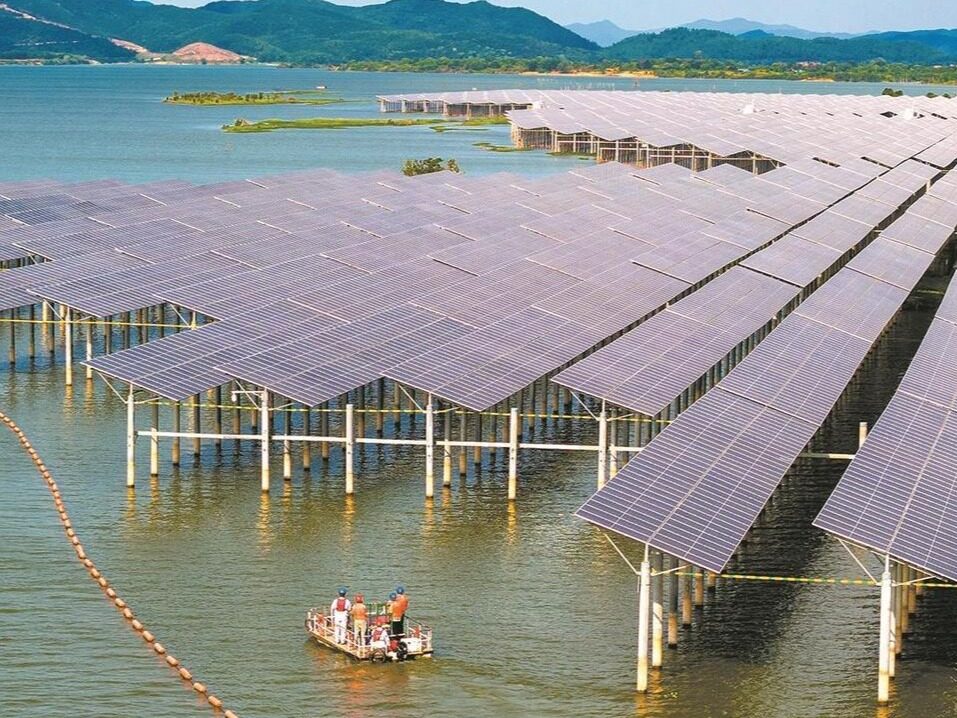
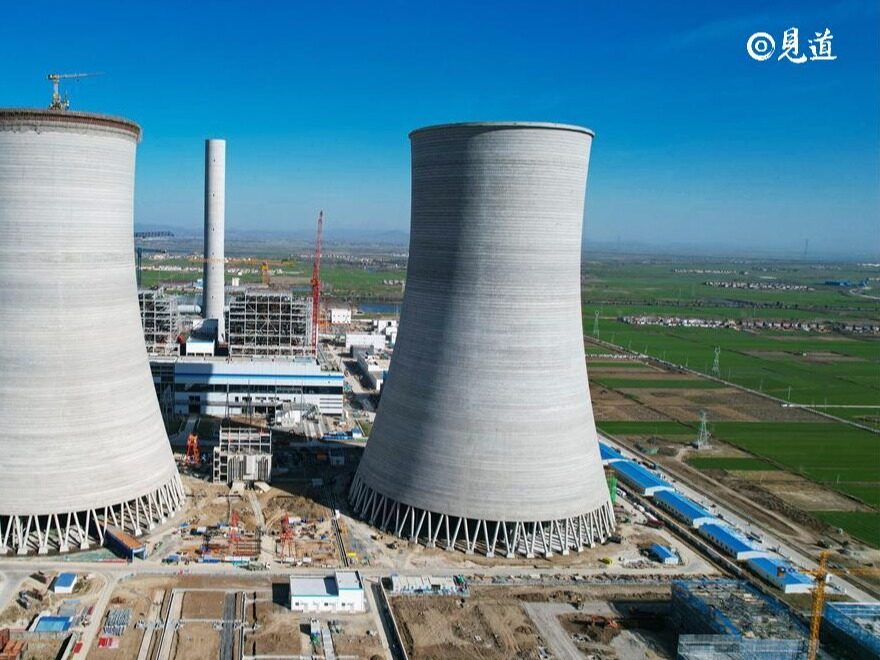
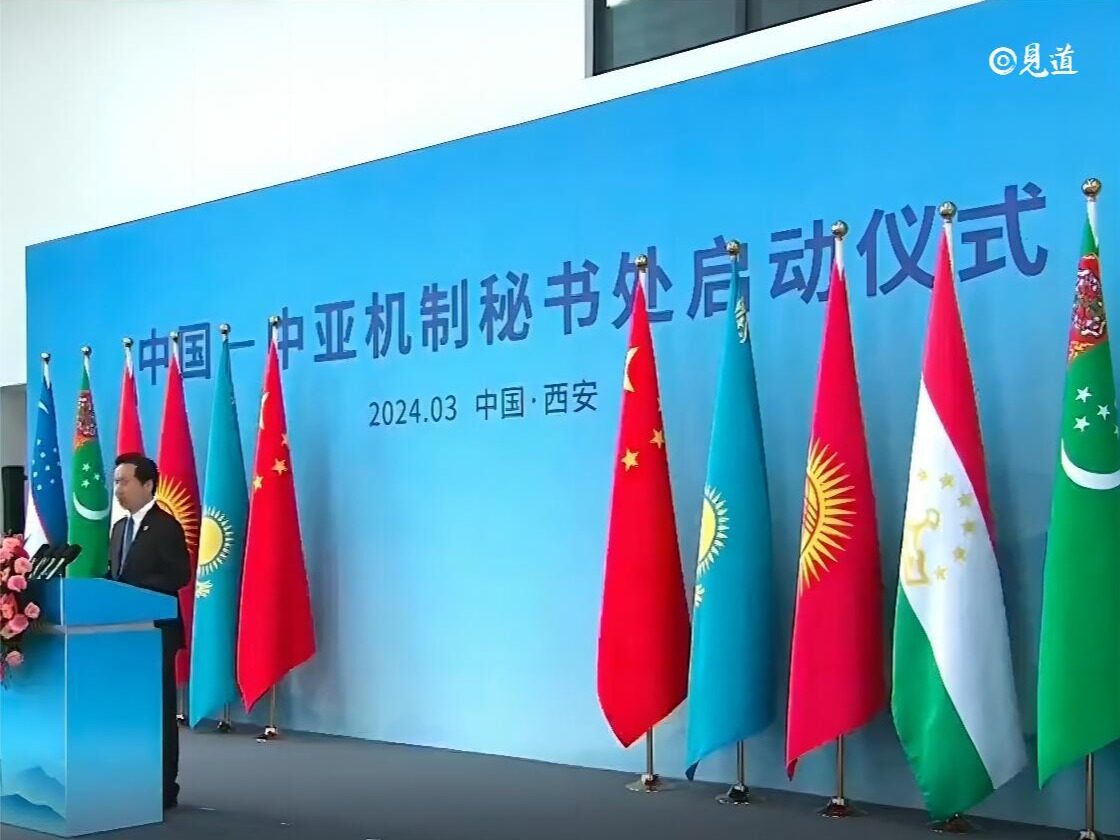
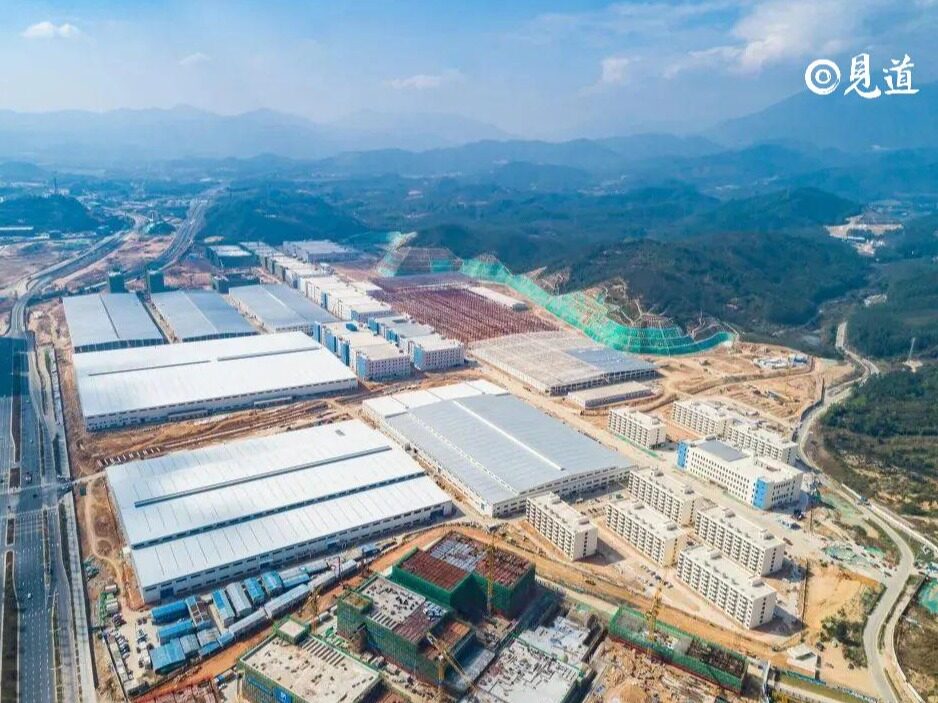
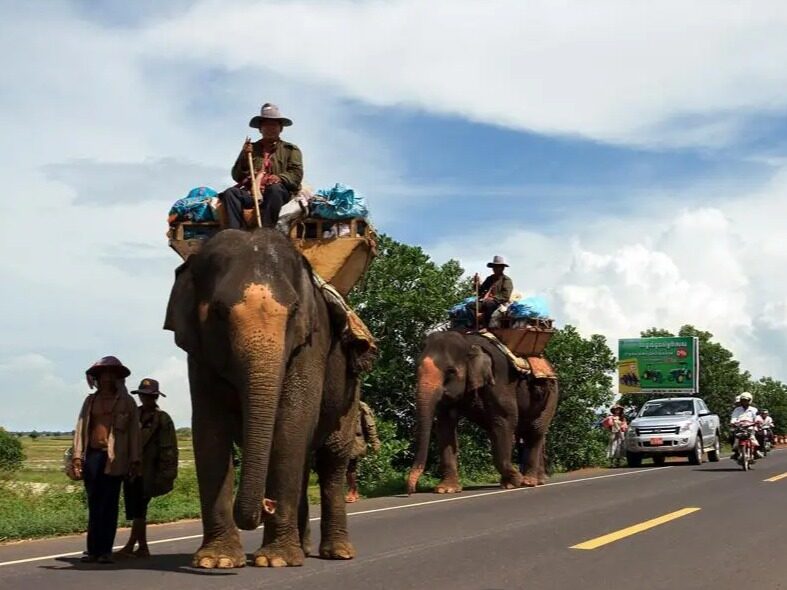
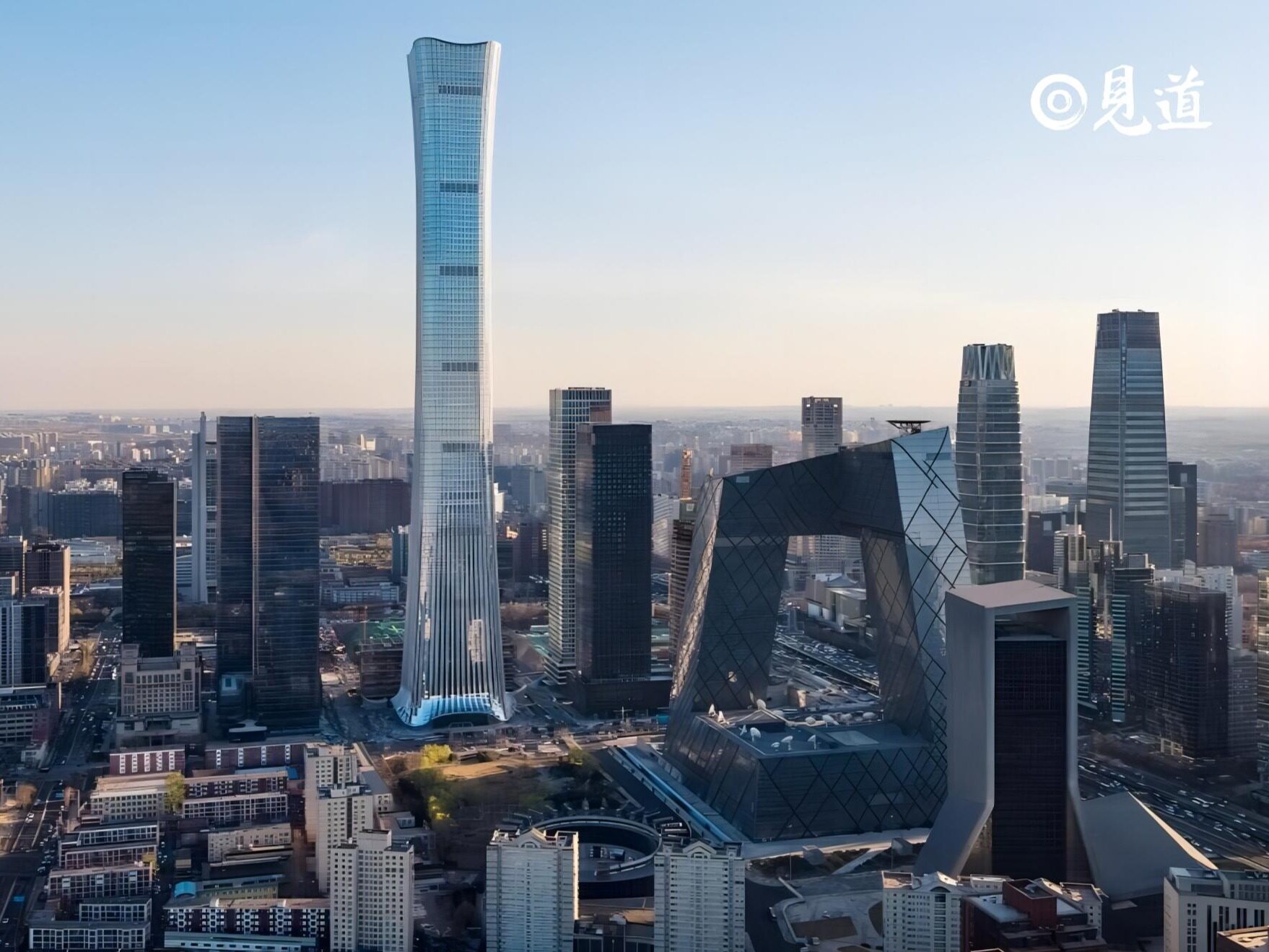






Write something~